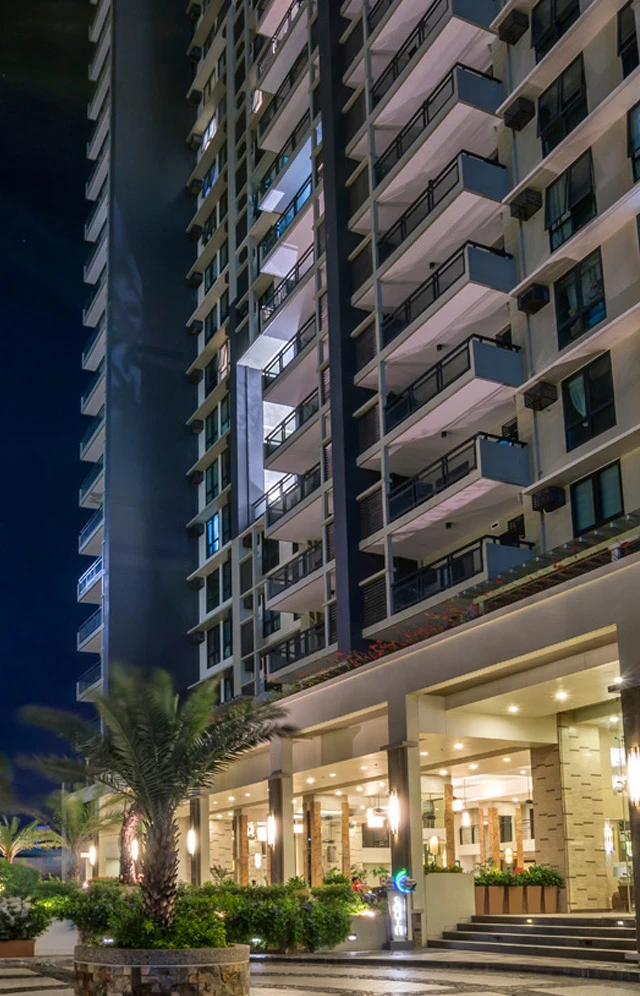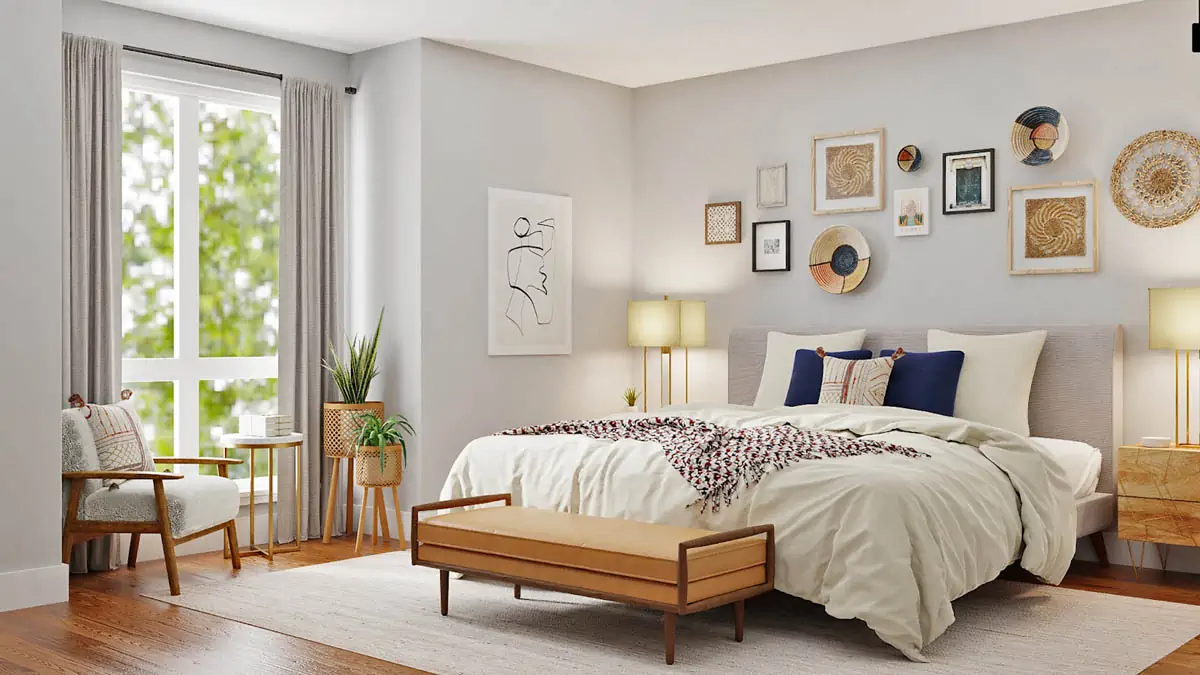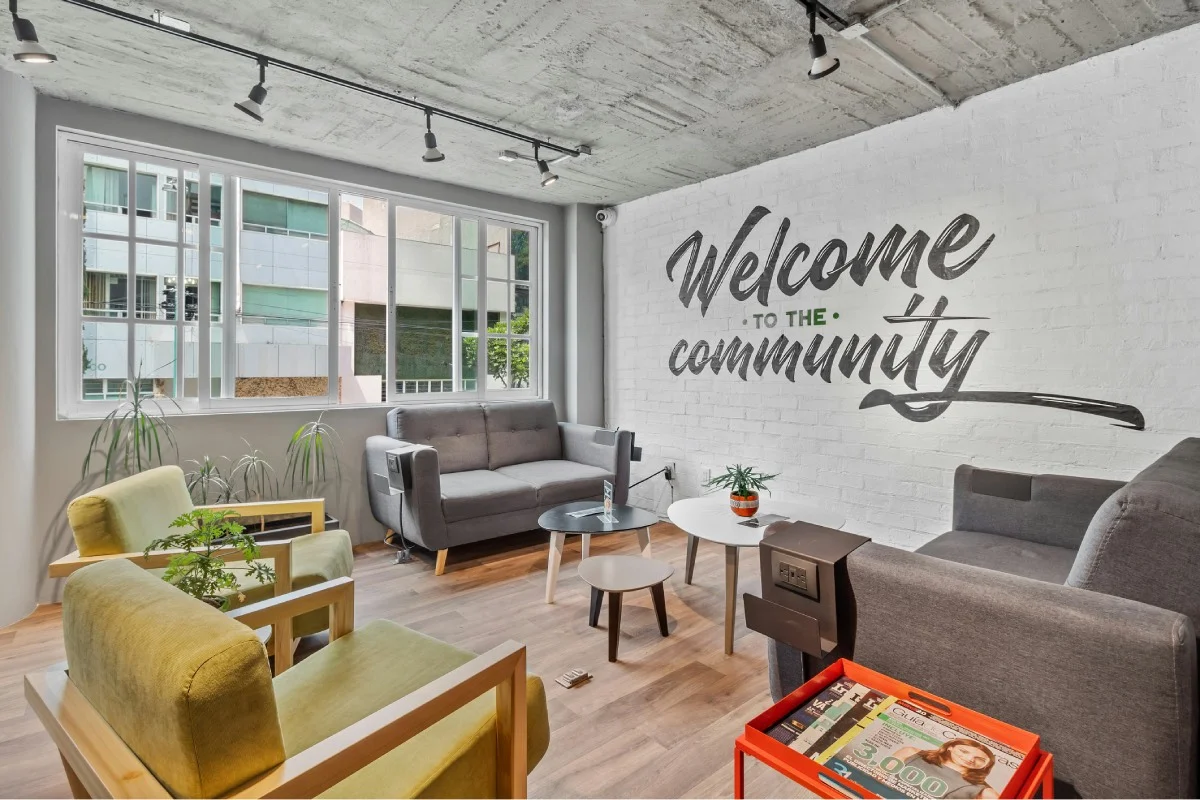Not all condo owners are the end-user of their units. There are condominium unit owners that treat their properties as investments and rent out their units. You should also be aware of your responsibilities that correspond to the fulfillment of the rights of your condo lessees.
One of the major responsibilities of a landlord is the upkeep or maintenance of the condo unit, to ensure that the unit remains livable. This involves the conduct of basic condo repairs up to major renovations as needed.
In order for you to ensure that your units stay in shape for as long as possible, here’s a rental property maintenance checklist that you should follow:
Changing home filters
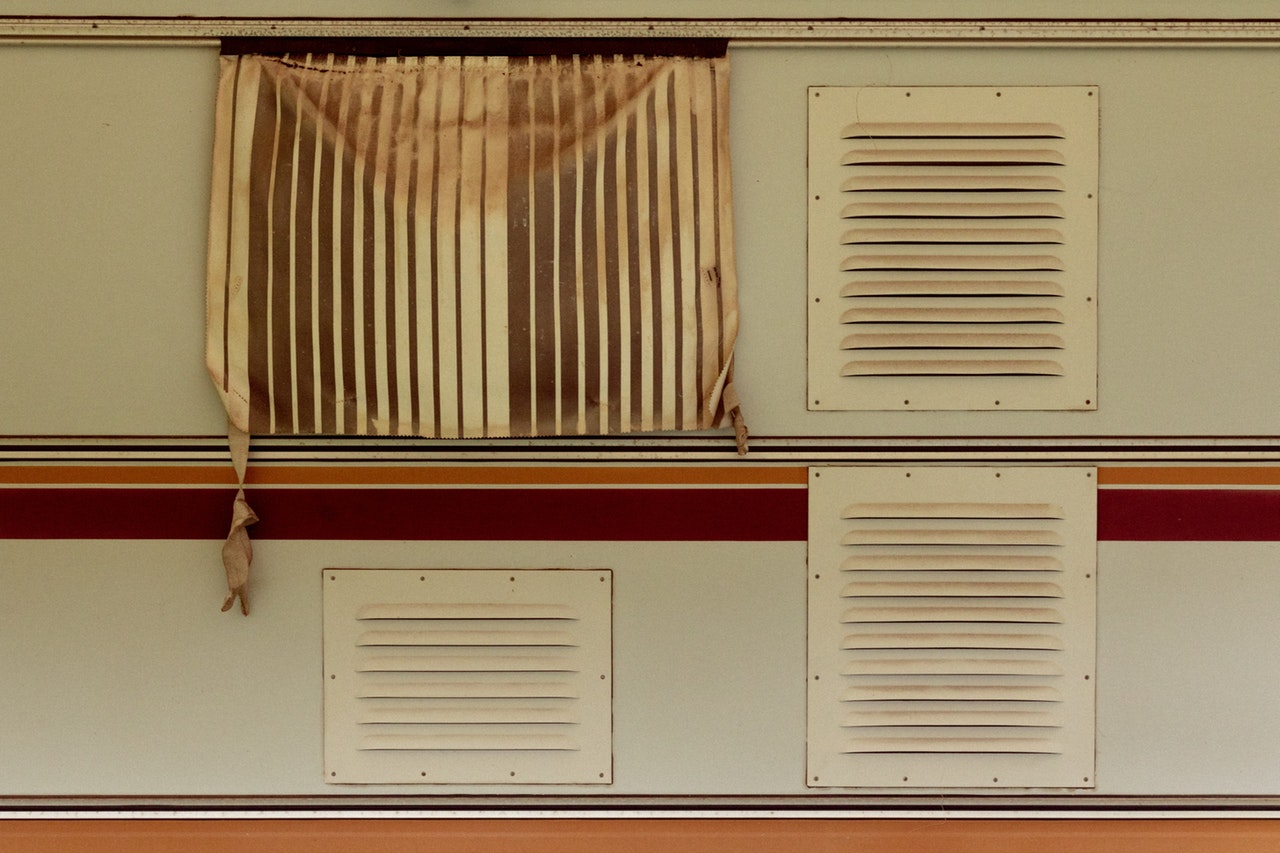 Photo courtesy of Pedro Sandrini via Pexels
Photo courtesy of Pedro Sandrini via Pexels
One of the most important things that should be in your landlord checklist is checking the filters of your air-conditioning units, range hoods, and the rest of the filters in your rental properties. Your rental property maintenance checklist should include checking whether your filters need cleaning or replacing. It is best to change filters before a new tenant comes in, and as soon as the filters have reached the end of their functional life depending on the quality of air at home, type of air filter, and usage. For example, a single unit home with no pets or allergies can go as long as every 6-12 months. But if your place furry pets like dogs and cats, it is recommended to clean every 60 days.
If you don’t clean these regularly, it will not only risk the proper operation of the air filters but would also affect the quality of air in the rental property which may eventually lead to health problems if left unaddressed.
Refrigerator maintenance
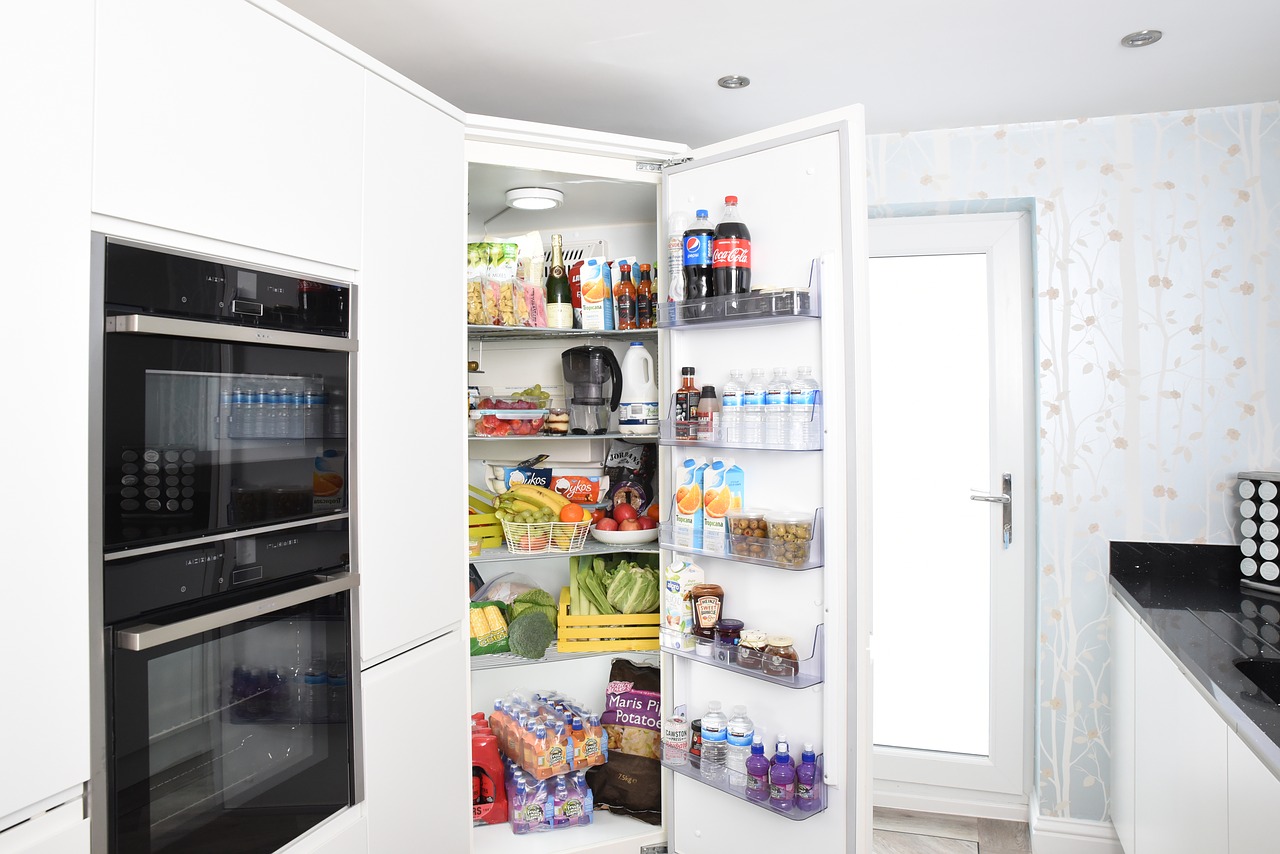 Photo courtesy of Difisher via Pixabay
Photo courtesy of Difisher via Pixabay
As a lot of rental properties include fully-furnished units, another key task to put in the landlord inspection checklist is the maintenance of refrigerators. Particularly, you should inspect the condenser coils of your fridge as having dirty coils would lead to more effort on the part of the refrigerator to cool the contents.
To clean your refrigerator, first, you have to disconnect the fuse box or power circuit. Once you’re safe, take out the grille at the bottom of your fridge to locate the coils then clean them out using a cleaning brush to loosen the dirt and dust. After which, vacuum again to thoroughly reach tight areas. They can be used for cleaning your dehumidifier and air conditioner coils too.
Patching up home cracks
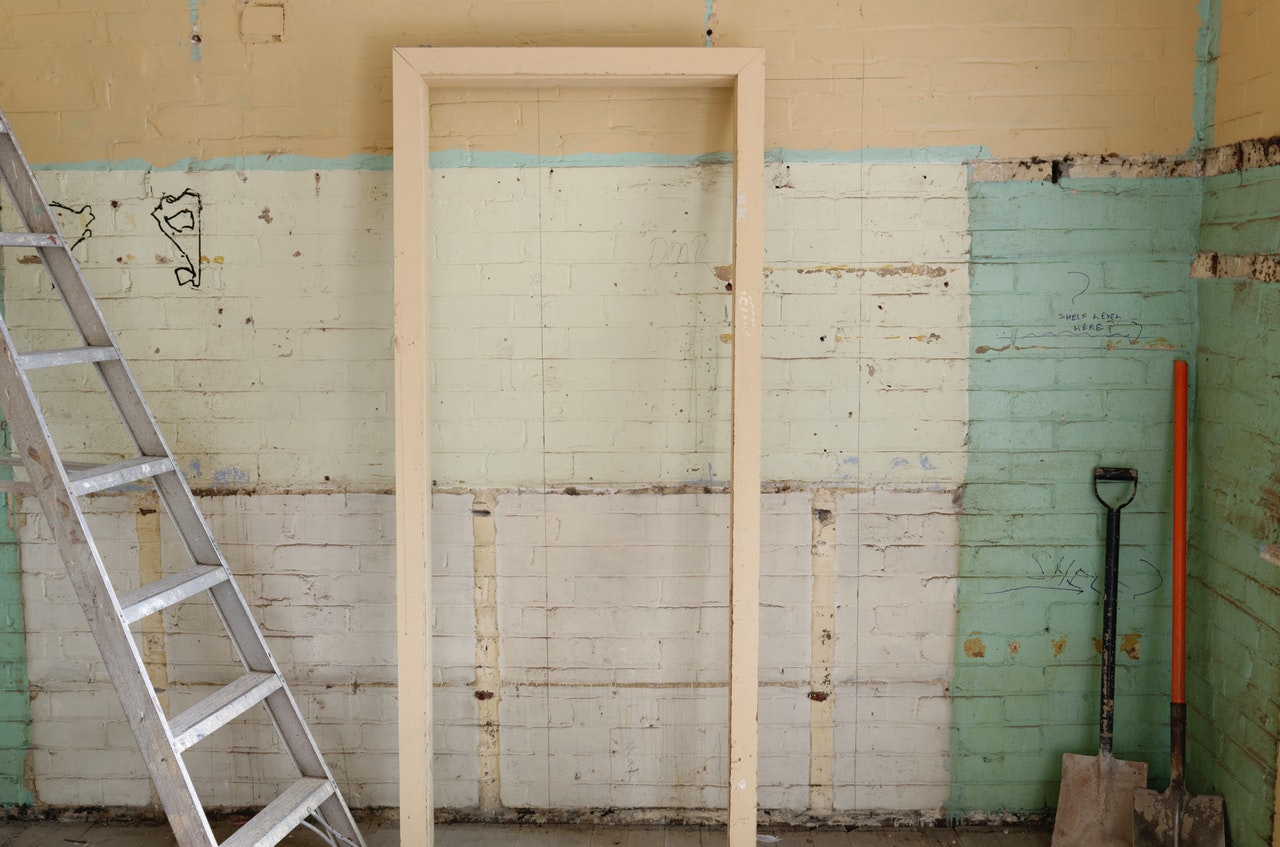 Photo courtesy of Laurie Shaw via Pexels
Photo courtesy of Laurie Shaw via Pexels
You should put in your quarterly rental inspection checklist the need to check for cracks in your condominium unit. While for some, small cracks are not alarming, they can actually pose as safety hazards. Keep a close look at cracks. You will need to identify the cause of these cracks, and you’ll have to address such cause immediately to prevent further damage.
If you’re wondering, here are the common reason for cracks:
- Humidity – Wood frames contract when the home’s humidity rises and falls.
- Loose Plaster – Older homes used standard plaster walls before, that is why these walls may sag when it becomes.
- Settling – Settling foundations are a natural occurrence for homes, they create structural weaknesses that pose a threat to the integrity of the home.
Part of the landlord inspection checklist should be checking establishment cracks at least be quarterly to ensure that home repairs like wall patching with drywall, plastering with concrete, etc. are done right away.
Fixing tile flooring
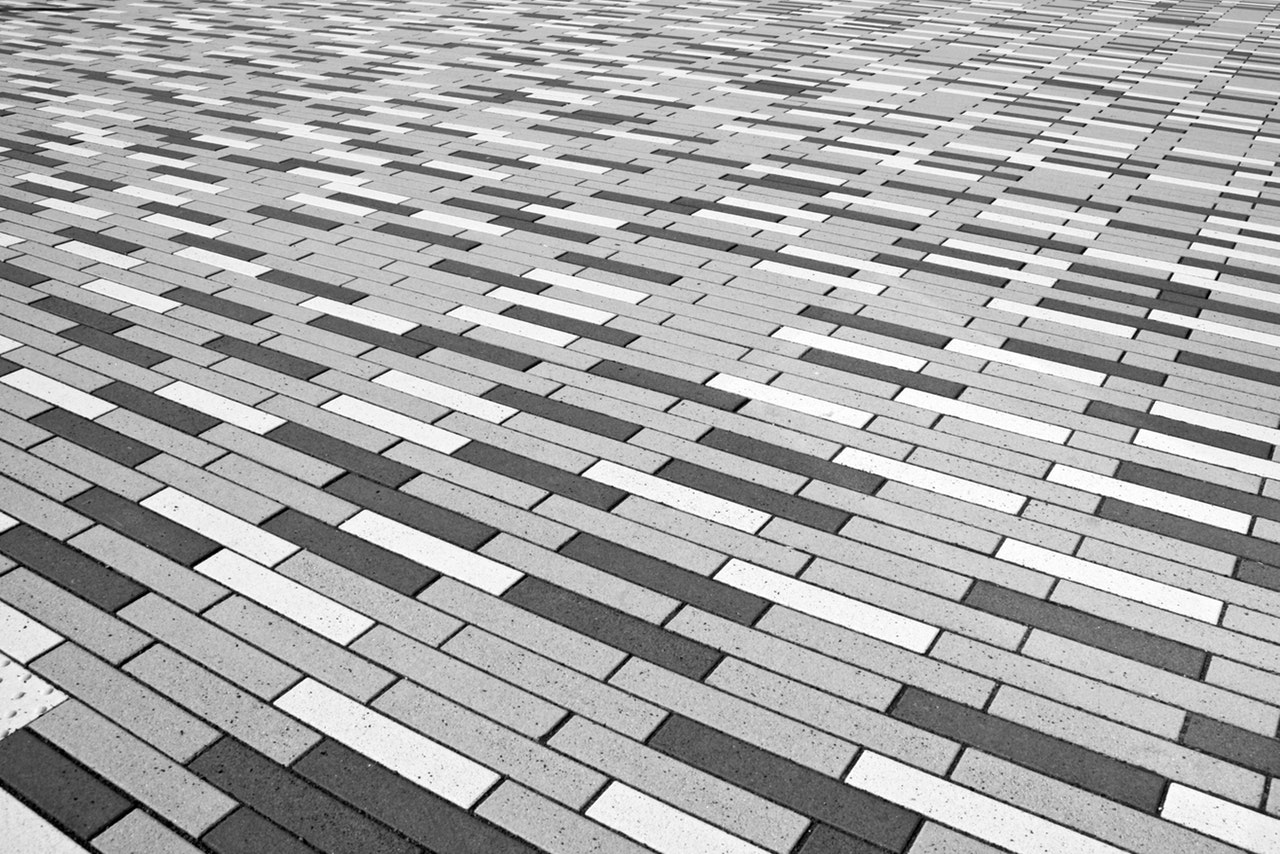 Photo courtesy of Pixabay via Pexels
Photo courtesy of Pixabay via Pexels
Another important thing to consider during your rental property maintenance schedule is your flooring, especially ones made of tiles. Check for broken tiles that need replacing, and you should do the replacement as soon as possible. If cracks happen very often, you should check for the underlying cause and address this to prevent the situation from getting worse.
New paint job
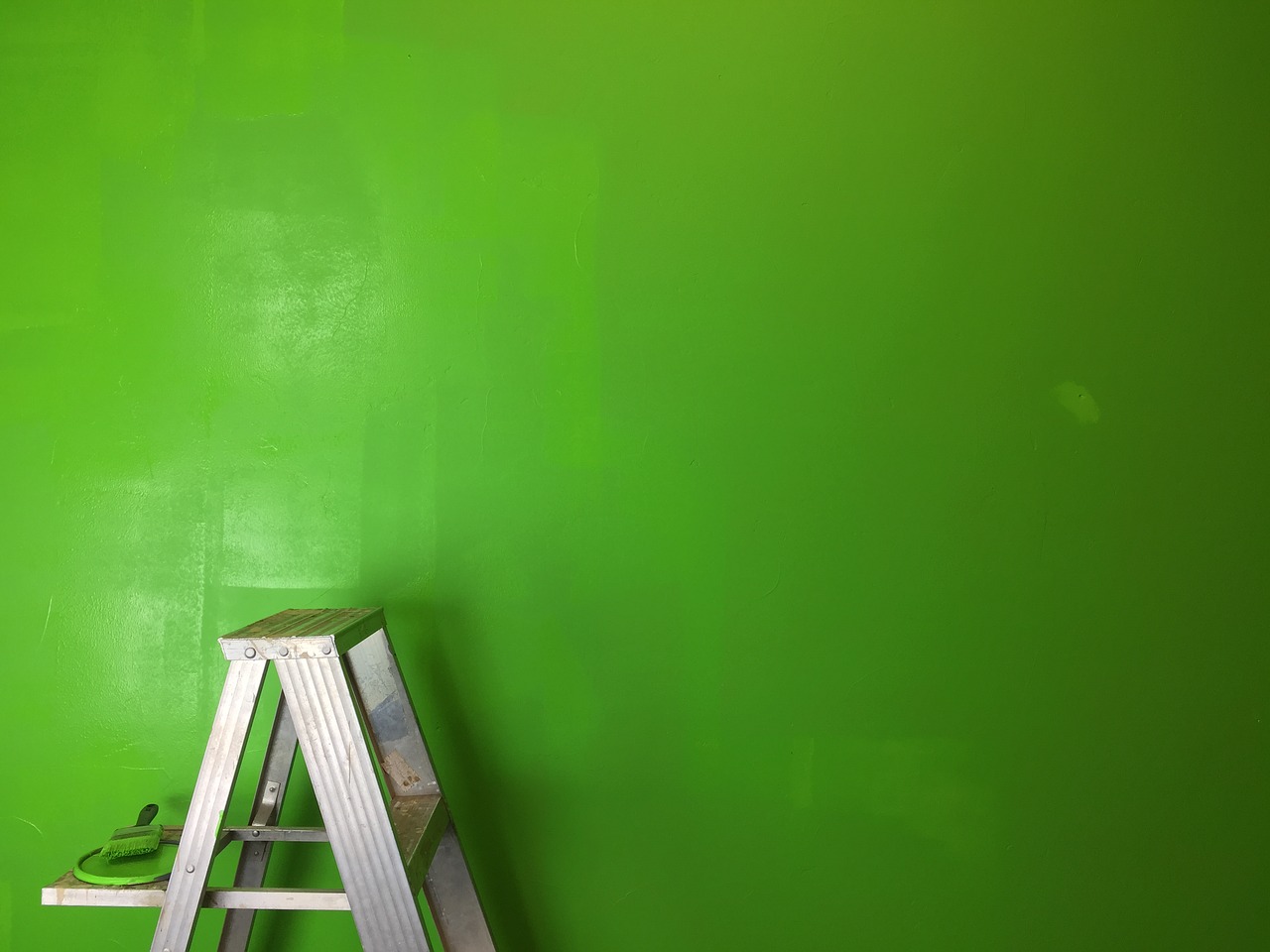 Photo courtesy of Jtpatriot via Pixabay
Photo courtesy of Jtpatriot via Pixabay
The next item that should be on your landlord checklist is checking whether there is a need to do a new paint job or not. You might consider repainting your condo unit after fixing up wall cracks, getting rid of scratches from furniture, or before a new tenant comes in. But before painting your unit on your own, make sure that you check with the condo administration if painting your units is allowed. If you have seen the need for repainting, of when there is a new tenant and you have decided to repaint, make sure that you use high-quality paint.
Checking the drainage
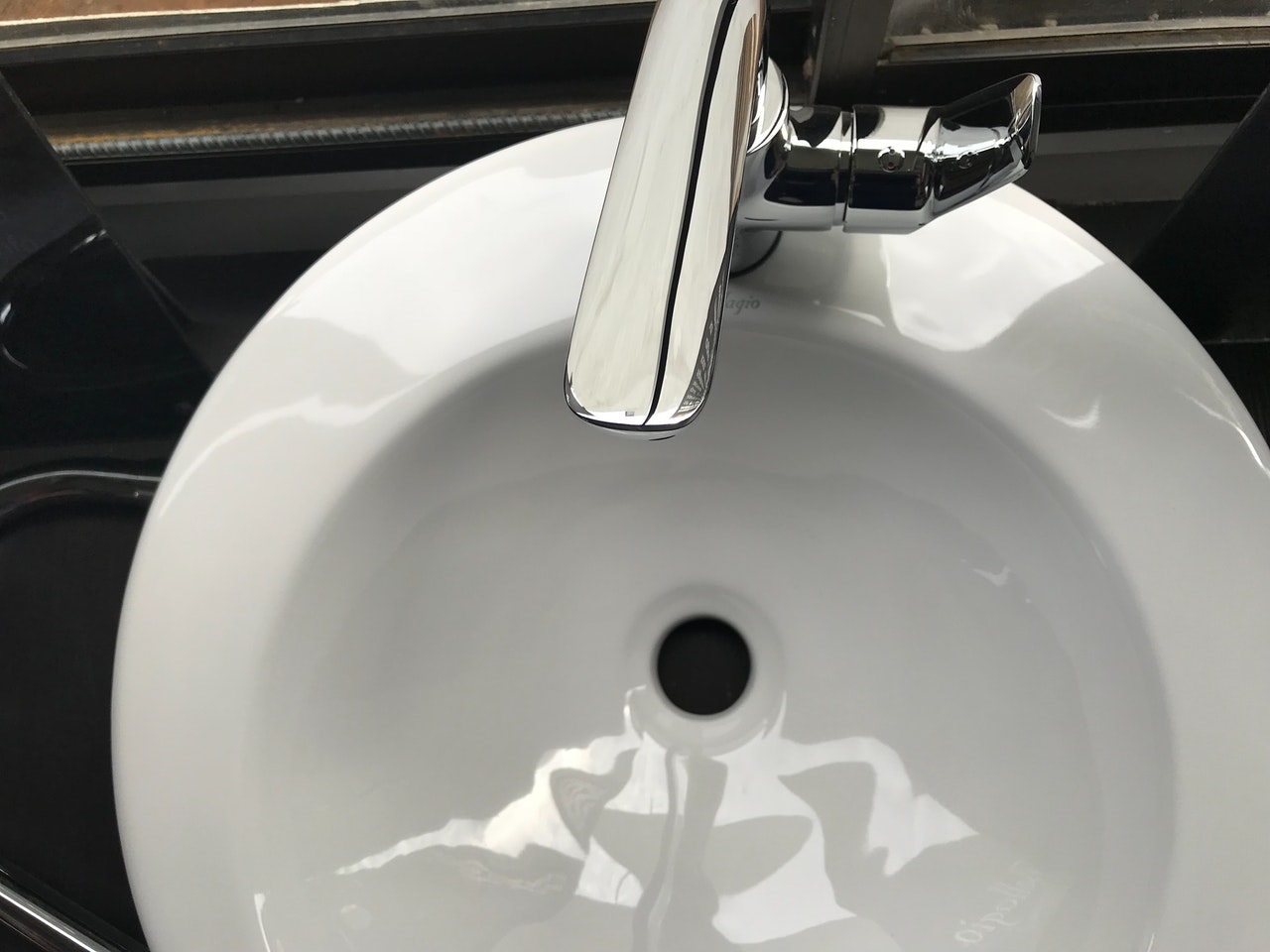 Photo courtesy of Victor Perez via Pixabay
Photo courtesy of Victor Perez via Pixabay
Another important inclusion in your landlord inspection checklist is examining your unit’s drainage. This refers to the sink, the tub, and other drains in your condo unit. Make sure that the drainage is not clogged. But if they are, work on unclogging your drains, preferably using products that would not harm your health and the environment. It can be much of a hassle when your bathroom floods as you shower because your drain is not working so it is ideal to inspect them regularly.
Furniture repair and replacement
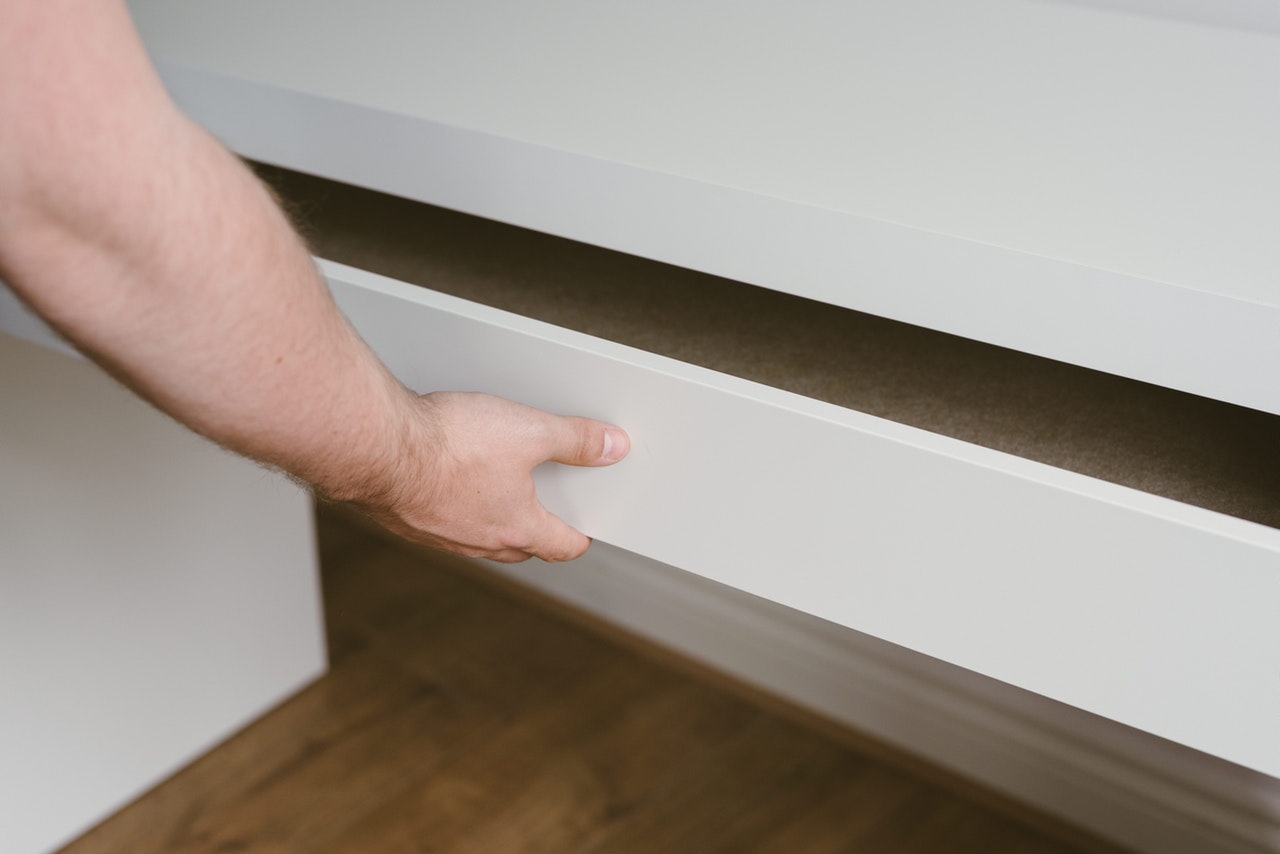 Photo courtesy of Anete Lusina via Pixabay
Photo courtesy of Anete Lusina via Pixabay
Check whether your furniture would need repair, or if you need to replace them entirely. By being aware of small damages like wobbly chairs and tables, missing hardware, and furniture splits, you are giving yourself the chance to fix your furniture and extend their use and lifespan. The key is to be able to identify damage as soon as possible. So make sure that you include furniture inspection in your rental property maintenance schedule.
Checking the integrity of locks
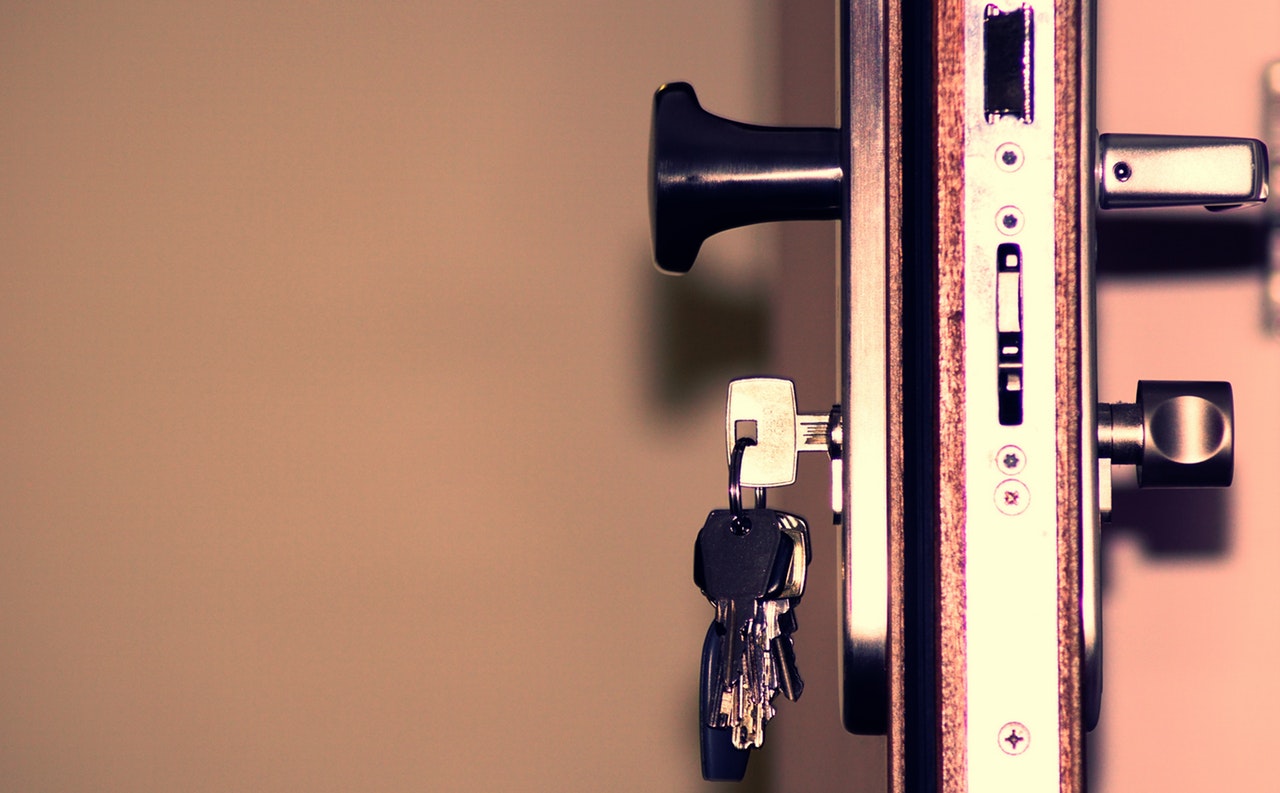 Photo courtesy of George Becker via Pixabay
Photo courtesy of George Becker via Pixabay
As a responsible landlord, you should make sure that you provide maximum security for your lessees. Invest in high-quality locks for your rental properties and ensure that you address identified issues immediately.
Make the most out of your investment by ensuring that your rental property is well-maintained. This landlord checklist walkthrough can help you properly inspect your units whether for leasing or for not rent. This can also help you plan and execute the necessary steps to address the issues that you will be able to identify in the process.
By doing these, you will be able to maintain the value of your condo and you can ensure the safety of your unit and your lessees.

